

Oh no… 300, in a state with literally millions…what will we do …


Oh no… 300, in a state with literally millions…what will we do …


I haven’t done this yet but I want to bring an auto cannon and set it in the edge


Don’t get me wrong, I always wanted one of these, had an f150 back in the day, but these days 420hp isn’t even entry level for a lot of basic cars.
Ok, this is something I rabbit holed on. If you want effecient space usage, you really can’t beat the Tesla model Y. Especially if you can get a low mileage used one, but be sure to avoid the 7 seat variant.
It has soooo much usable space. I took pictures to give an idea of how it’s different than a Ford escape hybrid, which was the other car I was looking at. Side note, hybrids are terrible for space efficiency.
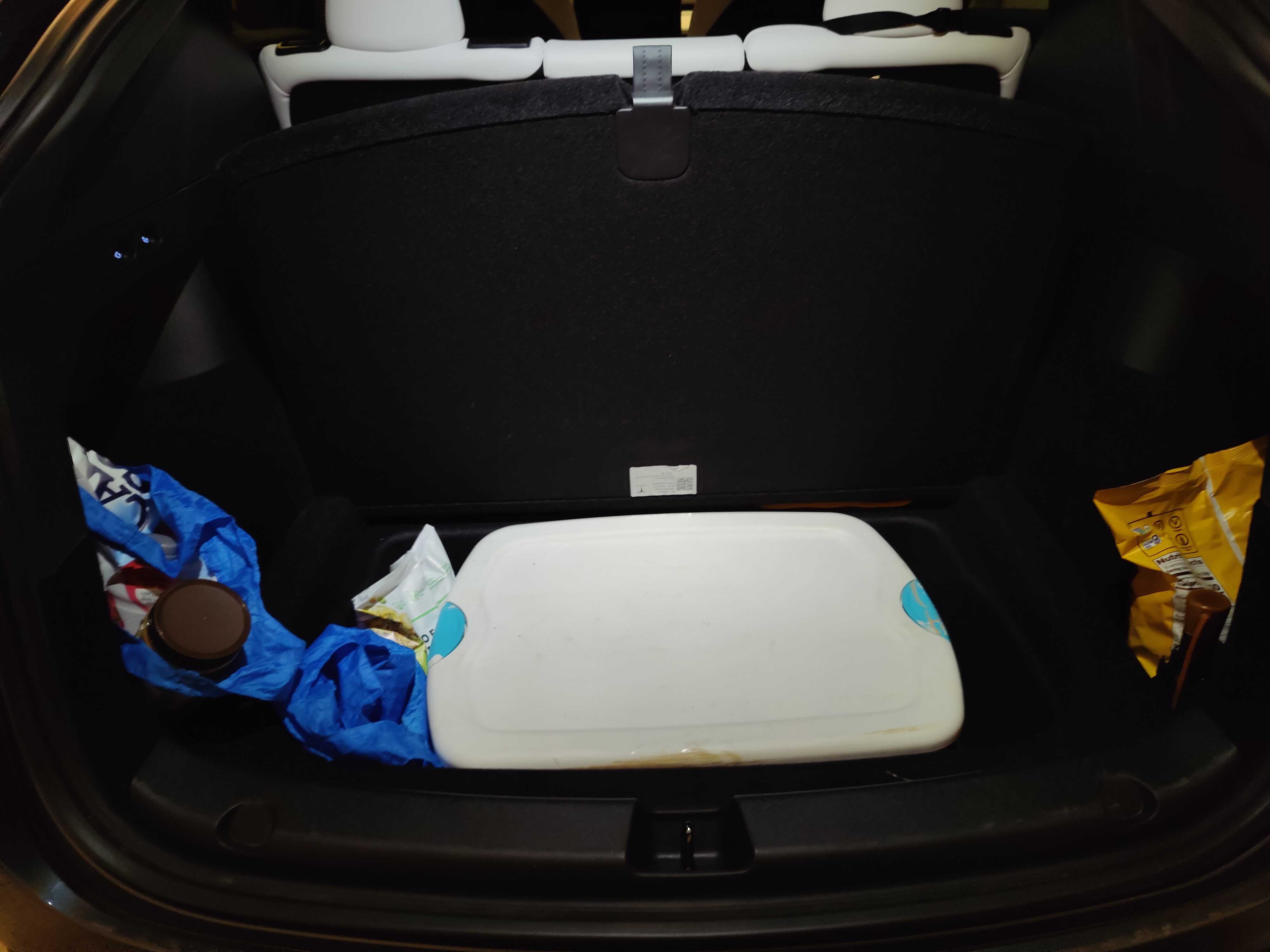
The under floor section, generally where a gas tank would go
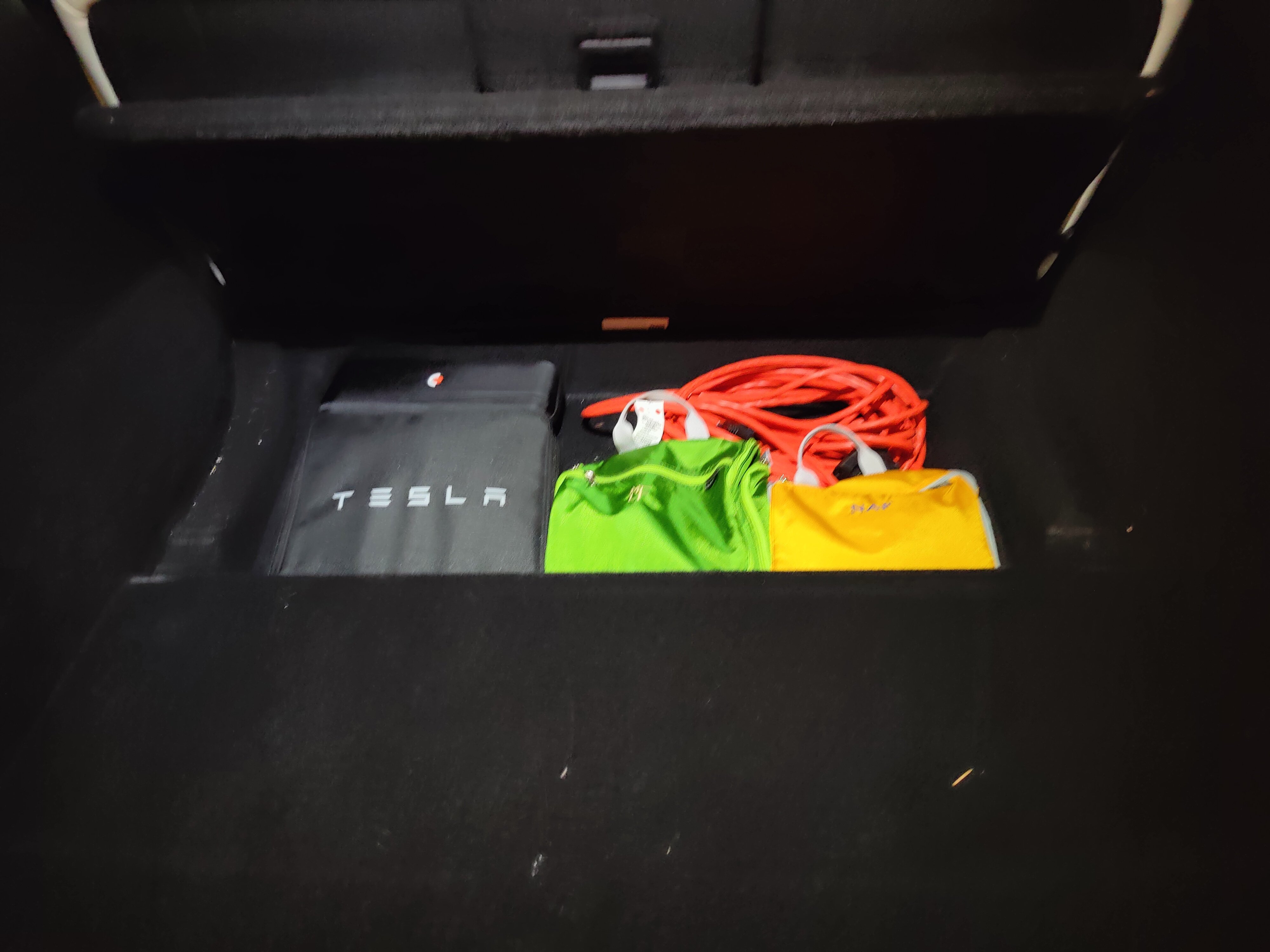
Second underfloor section. In a hybrid this is usually where the battery might be.
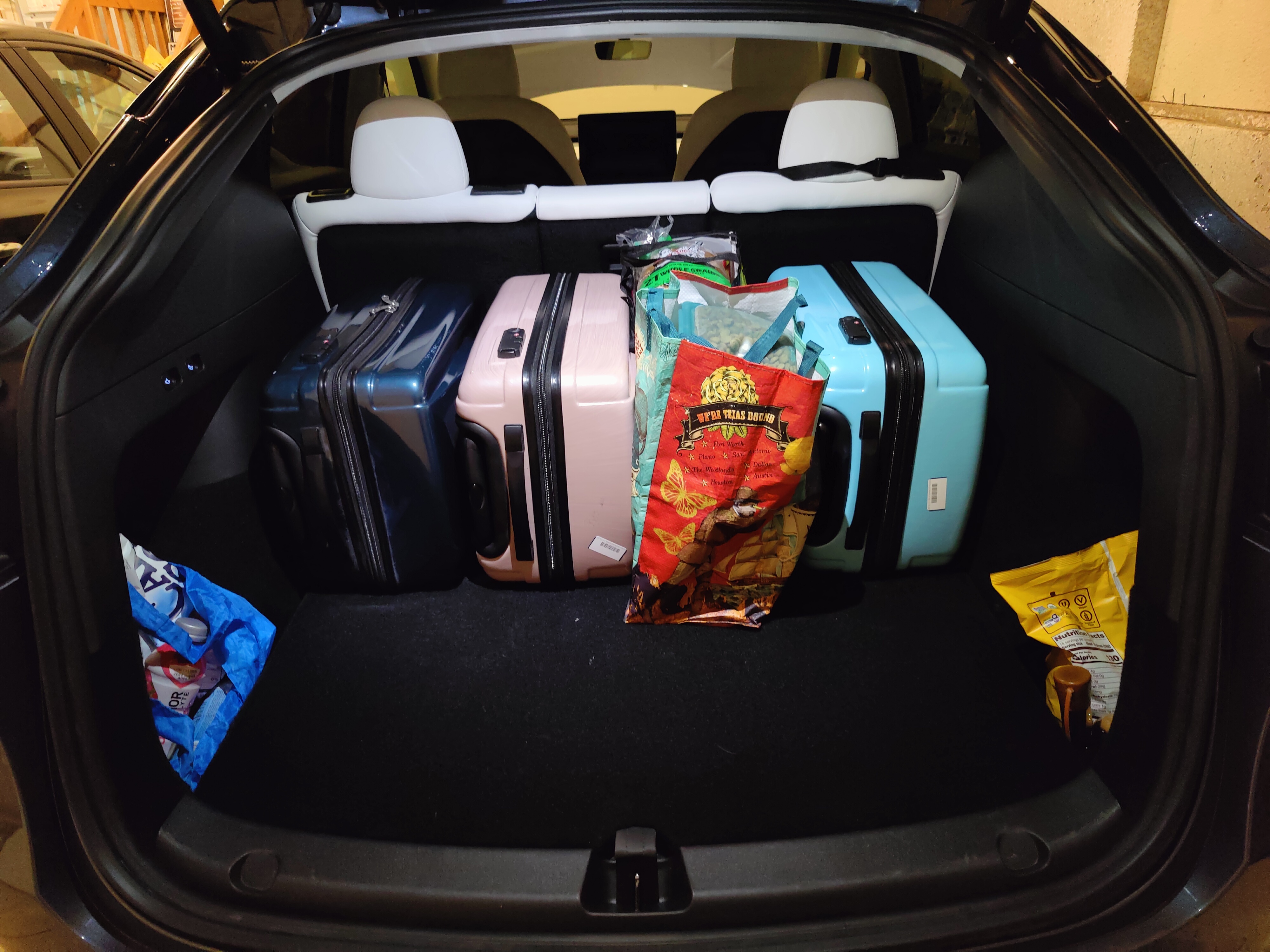
On top of the tote and toiletries bags/charger three weekend suit cases and assorted crap. Notice how much space is still left there are also two pockets, one on each corner.
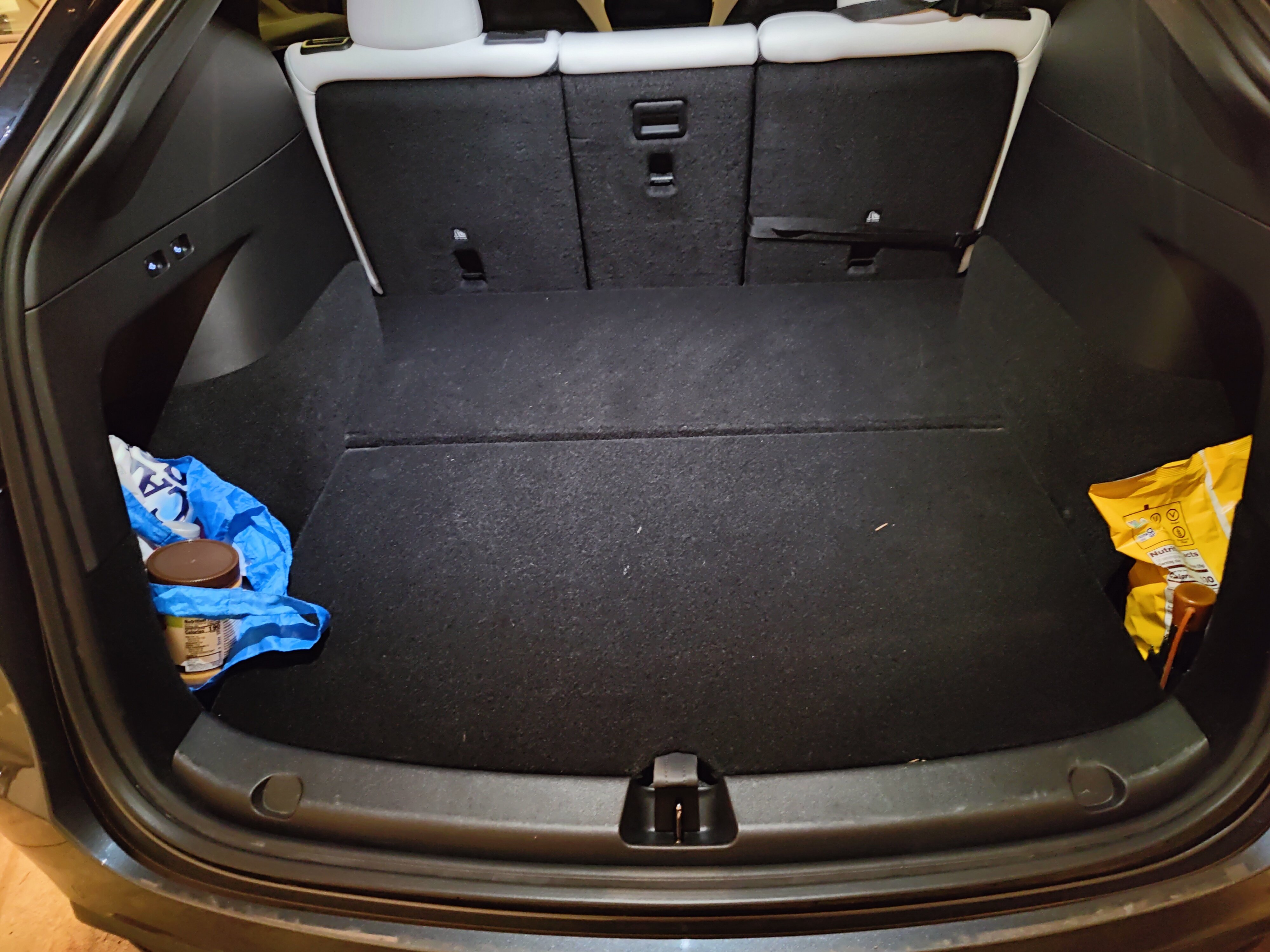
Same area, just without stuff.
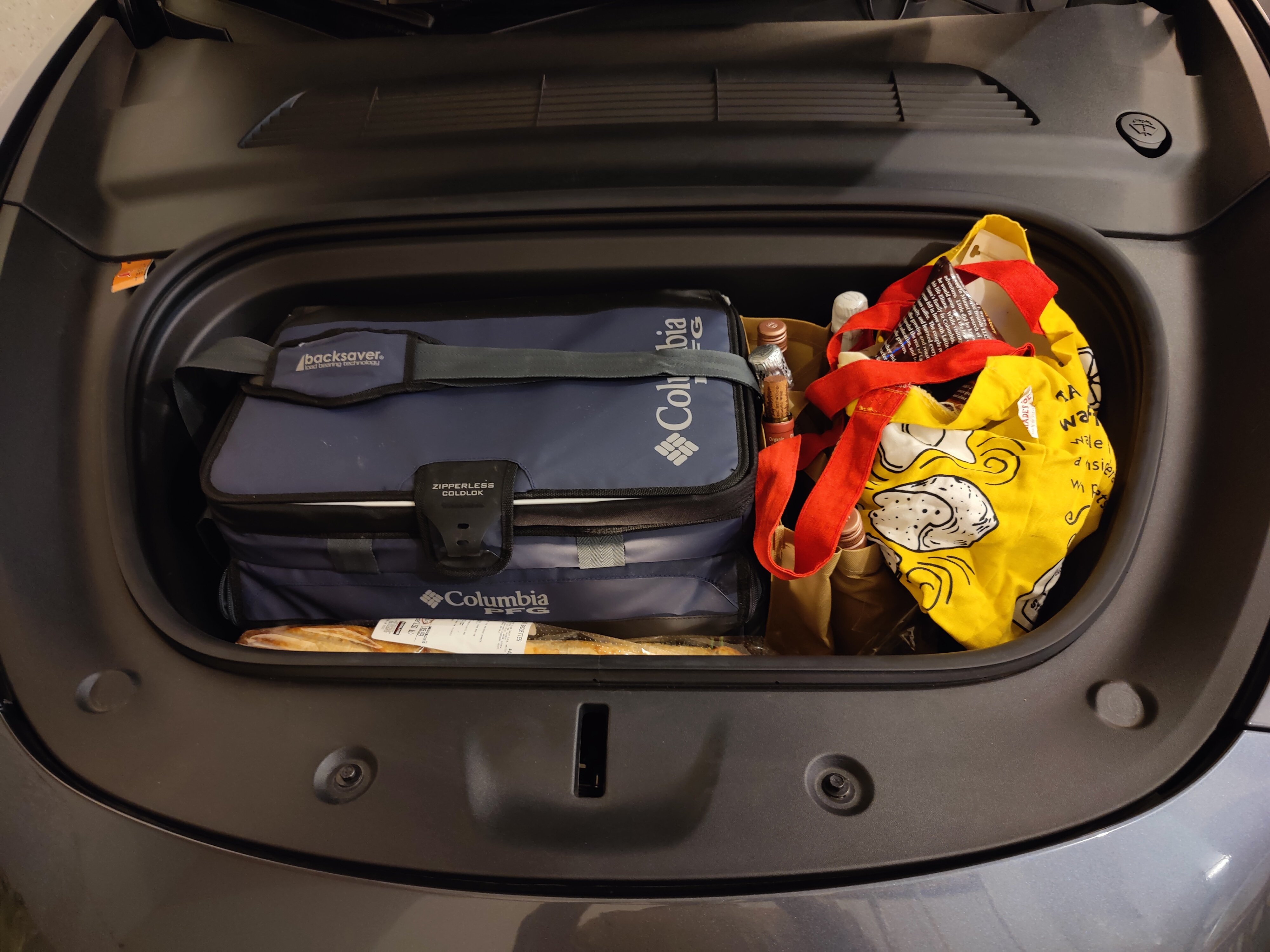
This would be the front trunk, or where the engine is in a gas car. That’s a normal sized ice chest and some random food to the side.
Hard to take a picture of, but there is no drive line or transmission tunnel either, so even more interior space.
Hope this helps visually how space efficient it is.
Edit:
I bought one in 2022 and am averaging about $20/month in charging costs.
Ugh, can we not immortalize this jackass in a meme?


Vancouver Washington residents drive to PDX for their jobs, to shop, eat dinner etc…


Beautiful! Let me make a planter for it.


Agreed, I love mine.


This. I live in a busy city. I know several routes through and around it. I need the traffic data. I need it to tell me there is a wreck.
I don’t need to know (usually) how to get there.


I just took a look at your post history. It’s literally only anti-Biden. I hope you’re getting paid…


Sure but… WHO?!


Who though… Comments like this are useless unless there is a valid replacement. So again… Who, or STFU.


Maybe, but I took some business courses too and even some of them had at least tried a Linux distro. I think it was more widespread than just turbo nerds and cs majors. Hell one of the biggest Linux guys I knew was an anthropology major.


This was me, you’re talking about me. 😂 In the 90’s Linux was barely getting started but slackware was probably the main distro everyone was focused on. That was the first one I ran across. This was probably late 90’s, I don’t remember when slack first came about though.
By the time the 2000’s came around, it was basically a normal thing for people in college to have used or at least tried. Linux was in the vernacular, text books had references to it, and the famous lawsuit from SCO v IBM was in full swing. There were distro choices for days, including Gentoo which I spent literally a week getting everything compiled on an old Pentium only for it to not support some of the hardware and refuse to boot.
There was a company I believe called VA Linux that declared that year to be the year of the Linux desktop. My memory might be faulty on this one.
Loki gaming was a company that specialized in porting games to Linux, and they did a good job at it but couldn’t make money. I remember being super excited about them and did buy a few games. I was broke too so that was a real splurge for me. I feel like they launched in the 90’s (late) and crashed in the early 2000’s.
From chat gpt
Here are the steps to dual boot Fedora Kinoite and Windows 11: Preparation
Backup Data: Ensure you have backups of all important data from your Windows system.
Create Live USBs: Create a bootable USB drive for both Windows 11 and Fedora Kinoite using tools like Rufus or Etcher.
Install Windows 11
Boot from Windows USB: Insert the Windows 11 USB drive and boot from it.
Install Windows 11: Follow the installation prompts. When prompted, create a partition for Windows, leaving some unallocated space for Fedora Kinoite.
Complete Installation: Finish the installation and set up Windows 11.
Install Fedora Kinoite
Boot from Fedora USB: Insert the Fedora Kinoite USB drive and boot from it.
Start Installation: Begin the installation process and choose the option to install alongside Windows.
Partitioning:
Select the unallocated space created earlier.
Create the necessary partitions for Fedora (usually root / and swap).
Install Fedora: Complete the installation process.
Configure Boot Loader
Set Default Bootloader: Fedora will install GRUB as the bootloader. It should automatically detect Windows 11 and add it to the boot menu.
Verify Entries: After installation, reboot the system. You should see the GRUB menu with options to boot into Fedora or Windows.
Set Default Boot Option (Optional): If you want to change the default boot option, edit the GRUB configuration.
Post-Installation
Update Systems: Boot into both operating systems and ensure they are fully updated.
Install Drivers: Make sure all necessary drivers are installed for both Windows and Fedora.
Test Dual Boot: Reboot several times and test both operating systems to ensure the dual-boot setup works seamlessly.
Troubleshooting
Missing GRUB Menu: If the GRUB menu doesn’t appear, you might need to repair the bootloader using a Fedora live USB.
Windows Boot Issues: If Windows doesn’t boot, you may need to use the Windows recovery options to repair the Windows bootloader and then reinstall GRUB.
Following these steps will help you set up a dual-boot system with Fedora Kinoite and Windows 11.


There is an fdroid version named syncthing fork. Give that a go.


I second KDE connect. It’s awesome. Don’t listen to the haters.


Yeah I did, but I could maybe use one more, I’ll reach out in DM’s
Not a lot to this article, but I’m glad he’s focused on making Wayland better.